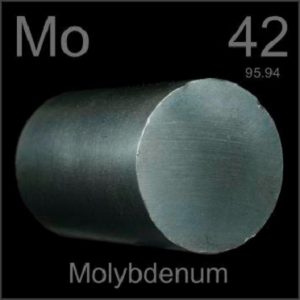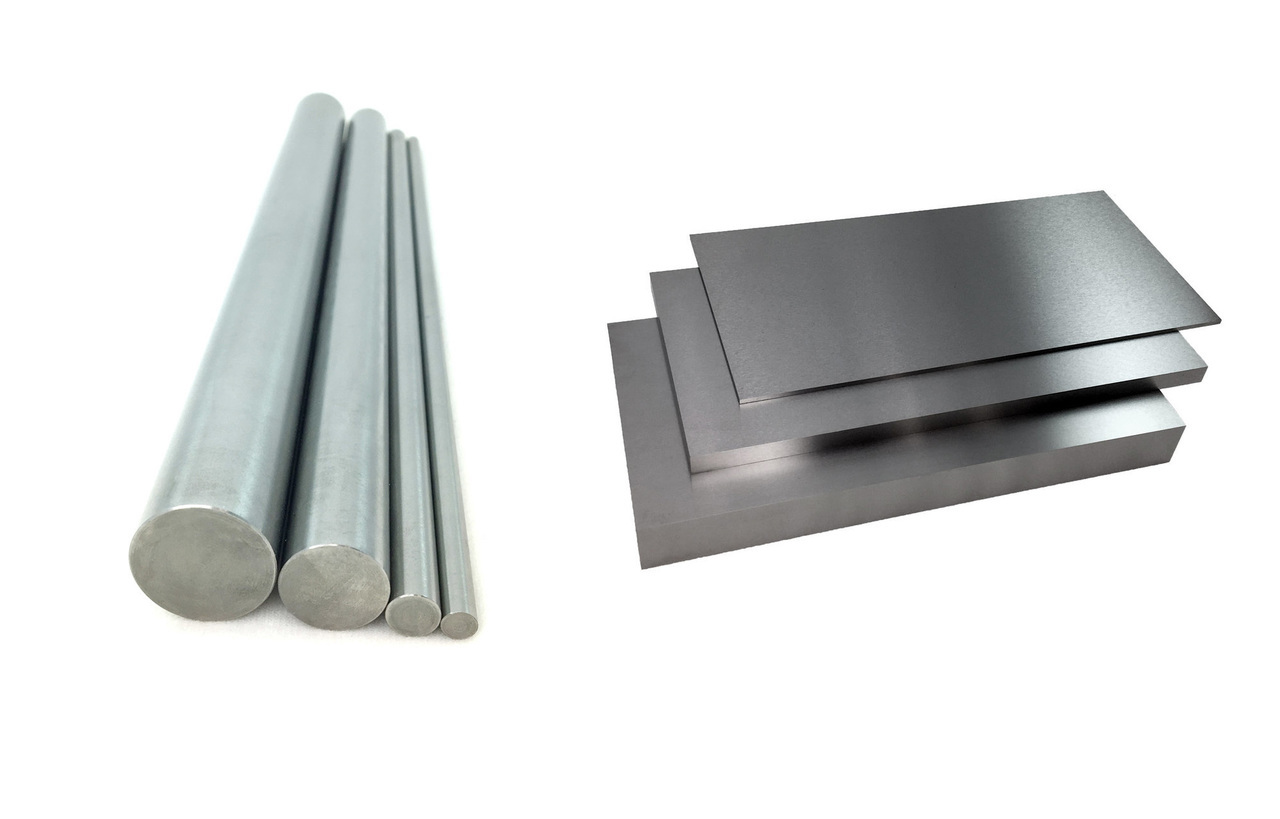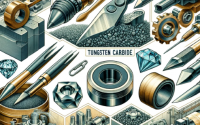Molybdenum Facts and Uses
Molybdenum is a naturally occurring element discovered by Swedish scientist Carl Wilhelm Scheele in 1778. This scientist is also the discoverer of oxygen in the air. Molybdenum is one of the elements with the highest melting point, but its density is only 25% of iron. In addition, molybdenum also has the lowest coefficient of thermal expansion of any engineering material. Molybdenum is found in a variety of ores, but only molybdenite (MoS2) is used to produce molybdenum products for sale.

Where does molybdenum come from?
Molybdenum ore is mainly distributed in Canada, the United States, Mexico, Peru, and Chile. In 2008, the molybdenum ore reserve base was 19,000,000 tons (data from US Geological Survey). China has the largest reserves, followed by the United States and Chile. Molybdenum ore can occur as the only mineralization in the ore body but is usually associated with sulfide minerals of other metals, especially copper.
What is molybdenum used for?
About 20% of the molybdenum produced from mining ore is used to make molybdenum-grade stainless steel. Engineering steel, tools, and high-speed steel, cast iron and super alloys together account for 60% of the amount of molybdenum. The remaining 20% is used to upgrade products such as lubricant grade molybdenum disulfide (MoS2), molybdenum compounds, and molybdenum metal.
Molybdenum and sustainability
A small amount of molybdenum in a product or application can make a significant contribution to its performance. Molybdenum can improve strength, hardness, corrosion resistance, weldability and high-temperature strength. In addition, the use of molybdenum can also reduce greenhouse gas emissions, reduce manufacturing costs, and reduce the amount of steel used in construction.

Specific benefits and uses
Molybdenum in stainless steel
Molybdenum improves the corrosion resistance and high-temperature strength of stainless steel. Molybdenum has a particularly strong positive effect on pitting and crevice corrosion in chloride-containing solutions, making it critical in chemical and other processing applications. Therefore, molybdenum-containing stainless steels have excellent corrosion resistance and are commonly used in construction, construction and construction, with great design flexibility and extended design life.
Molybdenum in superalloys
Molybdenum-containing corrosion-resistant nickel-based alloys are used in applications exposed to highly corrosive environments and are suitable for use in a variety of processing industries and applications, including flue gas desulfurization units for the removal of sulfur from power stations. Superalloys are solid solution strengthened, resistant to damage caused by high-temperature creep, or age-hardened, provide additional strength without significantly reducing ductility, and are very effective at reducing the coefficient of thermal expansion.
Molybdenum in superalloys alloy steel
Simply adding a small amount of molybdenum to the alloy steel can improve its hardenability, reduce temper embrittlement, and improve hydrogen corrosion resistance and sulfide stress crack resistance. The added molybdenum also improves high-temperature strength and improves weldability, especially in high strength low alloy (HSLA) steels. These high-performance steels are used in a variety of applications, from light-duty vehicles to improving the efficiency of buildings, pipes and bridges, saving both the amount of steel required and the energy and emissions associated with their production, transportation and manufacturing.
For more information, please visit http://www.samaterials.com/.



